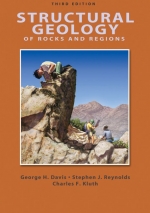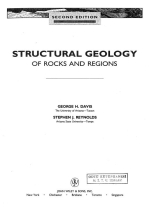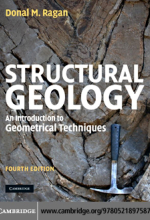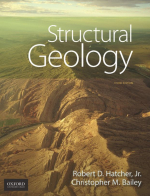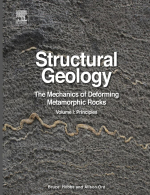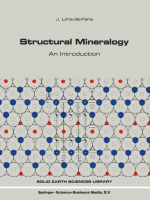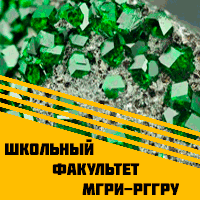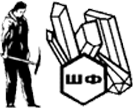Добрый день, Коллеги. Важное сообщение, просьба принять участие. Музей Ферсмана ищет помощь для реставрационных работ в помещении. Подробности по ссылке
- « первая
- ‹ предыдущая
- …
- 291
- 292
- 293
- 294
- 295
- 296
- 297
- 298
- 299
- …
- следующая ›
- последняя »
- « первая
- ‹ предыдущая
- …
- 291
- 292
- 293
- 294
- 295
- 296
- 297
- 298
- 299
- …
- следующая ›
- последняя »




